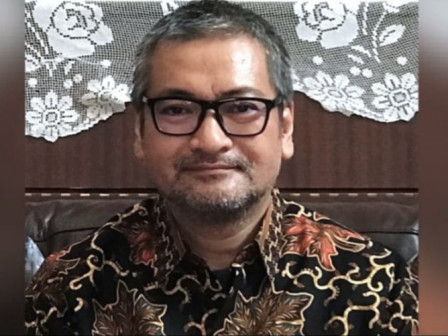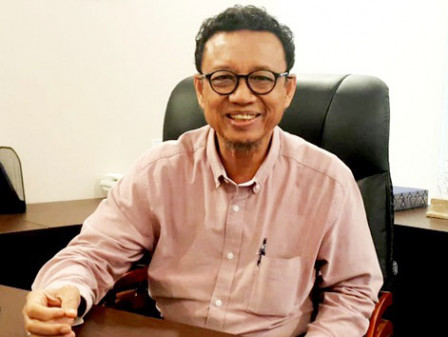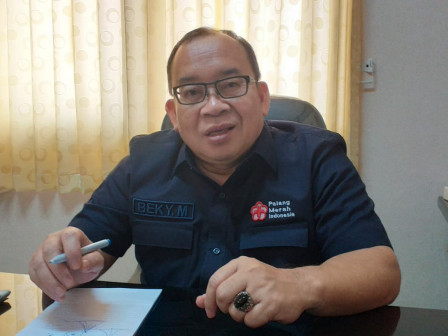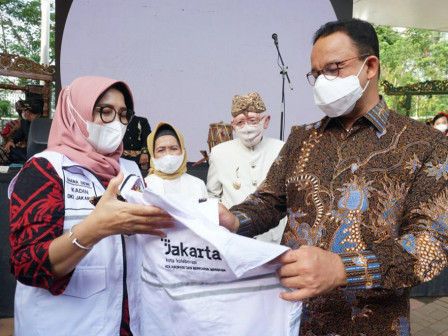Here is Jakarta DRD's Input on Jakarta Transportation System in the future
Reported by Yudha Peta Ogara | Translated by Nugroho Adibrata
Various opinions and inputs emerged in the process of formulating the Jakarta Specificity Bill (RUU). It is important for the success of Jakarta's future development. One of them is input from the Jakarta Research Council (DRD) regarding the Jakarta transportation system in the future.
Jakarta has become the center of economic activity
Jakarta DPRD Chairman Emir Riza disclosed, based on the information from the IKN Chairman Bambang Susantono and the government's plan, the relocation of the capital city would pass through several stages starting with the ratification of the IKN Law.
The stage would take place over a yearly period where it would begin with the second phase, namely physical development. During that period, Jakarta must immediately prepare and also start the discussion of Jakarta RUU, which is needed not only by Jakarta but also by the area around Jakarta.
DTKJ: IKN Relocation Must Be Followed Up Adaptively"Jakarta has become the center of economic activity where every day millions of people come to work in Jakarta area and then return to the Bekasi, Tangerang, South Tangerang, and Bogor. This is evidence that connectivity has been seen in the Jakarta agglomeration, namely transportation connectivity between Jakarta, Bogor, Tangerang, and Bekasi areas," he explained, Tuesday (4/26).
He went on to say that Jakarta and its surrounding areas are connected as a flow of people moving at almost the same rhythm every week. The Jakarta area with a huge budget capacity, highly developed mass transportation, and high national and international economic activity will always be the center point of economic activity in the form of the movement of people and goods within the Greater Jakarta agglomeration.
"Currently, the agglomeration transportation connectivity business has been carried out by Greater Jakarta Transportation Body (BPTJ)," he continued.
Jakarta after the new IKN is a metropolis that requires the unification of transportation affairs in one agency that can regulate and manage transportation infrastructure and arrangements covering the Greater Jakarta area as a unit.
Therefore, it was necessary to increase the capacity of BPTJ or the Jakarta Transportation Agency (Dishub) thus it includes coordination with surrounding areas as part of the special law that is being worked on.
"Fuel prices are getting more expensive, it will trigger people to use mass transportation, especially from agglomeration areas such as from South Tangerang to South Jakarta or Central Jakarta. It can be facilitated by extending the MRT or LRT to South Tangerang area," he continued.
The Jakarta RUU was expected to become a strong legal basis for designing agglomeration connectivity infrastructure financing, where development could be carried out in the next few years.
In the long term, the Greater Jakarta area could become a big metropolitan city connected to the MRT network as a large line and LRT for connectivity between and within smaller areas.
"As well as BRT buses for connectivity to housing and reaching all regions. This requires careful drafting of regulations from the start," he stated.





